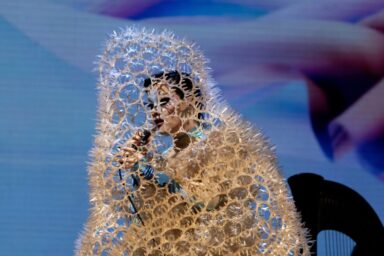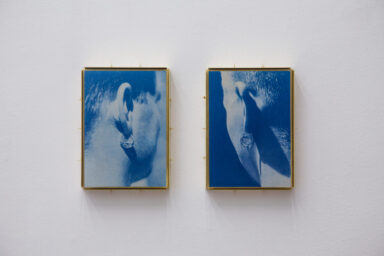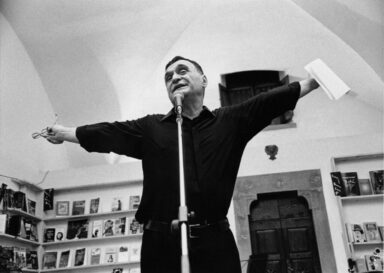Based on Henrik Ibsen’s verse drama, Peer Gynt is an existential fable — a tale of dreams, escape, and identity. A Nordic fairy tale on the surface, it conceals a deeper philosophical parable about the self and its many illusions.
Words Sabrina Bolzoni
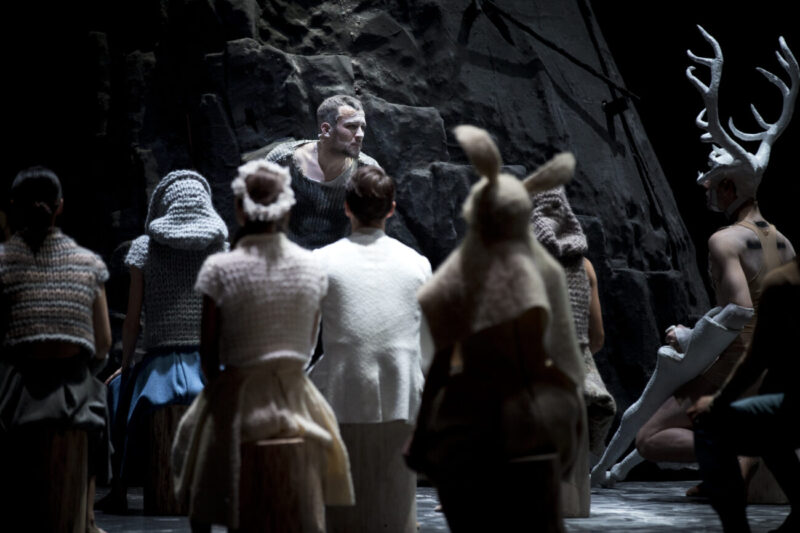
Like a stage craftsman, Edward Clug weaves an emotional tapestry in which every thread carries the colour of a feeling, an encounter, or a fleeting memory. In his danced reimagining of Peer Gynt, making its debut at Teatro alla Scala from April 8 to 18, narrative is only one layer. The work becomes a living fabric of sentiments, a mosaic of characters and visions that blend and blur, much like Grieg’s music, restructured to shape a new, suspended, inner time.
Peer is the unstable thread running through this tapestry, knotting, unraveling, breaking, and mending. A shape-shifting figure constantly fleeing himself, losing his way in pursuit of self-definition. Clug takes this fragmented soul by the hand, and invites the audience along, on a journey that offers no answers, only deeper questions.
“With this choreography, I wanted to offer a deeper experience than that of reading the play, while staying true to Ibsen’s spirit,” Clug explained during the press conference, emphasising how dance can connect more directly and viscerally with the emotional core of the text.
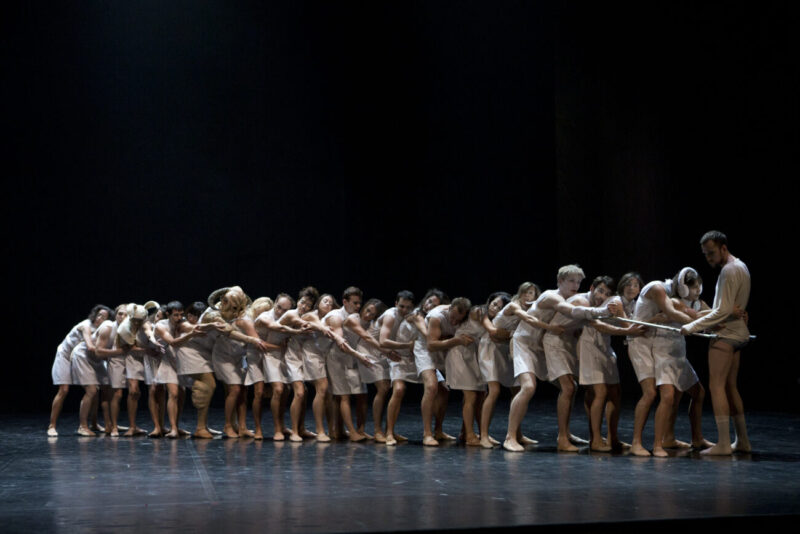
On stage, the tapestry comes alive, dense, fluid, layered. Ibsen’s characters become projections, shards of consciousness, symbols that appear and dissolve like dreams or regrets. Solveig embodies faithful waiting, Åse is the severed root, and Death becomes both mirror and companion. A mythic figure, the Stag, shadows Peer like a silent conscience, while each encounter weaves back into the story like a recurring motif in a choreography that avoids literalism but remains emotionally exact.
Alice Mariani, who dances the role of Solveig, described the heart of the work:
“Simplicity is the language of this choreography — and that’s what conveys the emotion.”
Indeed, it’s in the restraint of movement, the formal clarity, that the deepest vibrations emerge, longing, doubt, tenderness.
Music is integral to this vision: Clug blends Grieg’s iconic incidental music with lesser-known concert and chamber works, crafting a dramaturgy sewn into the movement, yet free from rigid structure. The result is a dreamlike, cohesive narrative flow, where dance becomes silent speech and music resonates as physical thought.
On the La Scala stage, visual direction is minimal yet evocative. The set design by Marko Japelj, costumes by Leo Kulaš, and lighting by Tomaž Premzl conjure shifting spaces that transform with Peer’s inner landscape, each setting a threshold, a passage, a possibility.
The ballet will be streamed internationally on Medici.tv (excluding Greece, the Czech Republic, and Japan) on April 18, and later broadcast in Italy on Rai 5 and RaiPlay, courtesy of RAI Cultura, offering broader access to this contemporary masterwork.
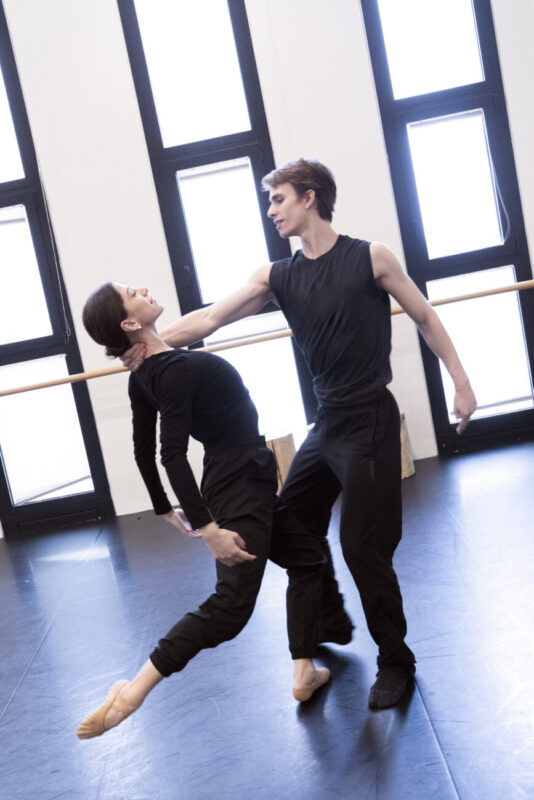

In the closing scene, Clug diverges from Ibsen’s original ending to reveal a deeper poetic truth through dance. Peer revisits his life through the lens of memory, a carousel of apparitions guiding him, perhaps, back to his core. In that final knot, tightened or undone, the cycle closes.
Not redemption, nor condemnation — but a return. Perhaps a beginning.
Like any true tapestry, what appears clear from afar reveals up close a delicate weave of imperfections, contrasts, and threads slightly askew. That is where the beauty of this ballet lies: in the emotion that pulses between each point, between what we see and what moves through us, unnamed.
